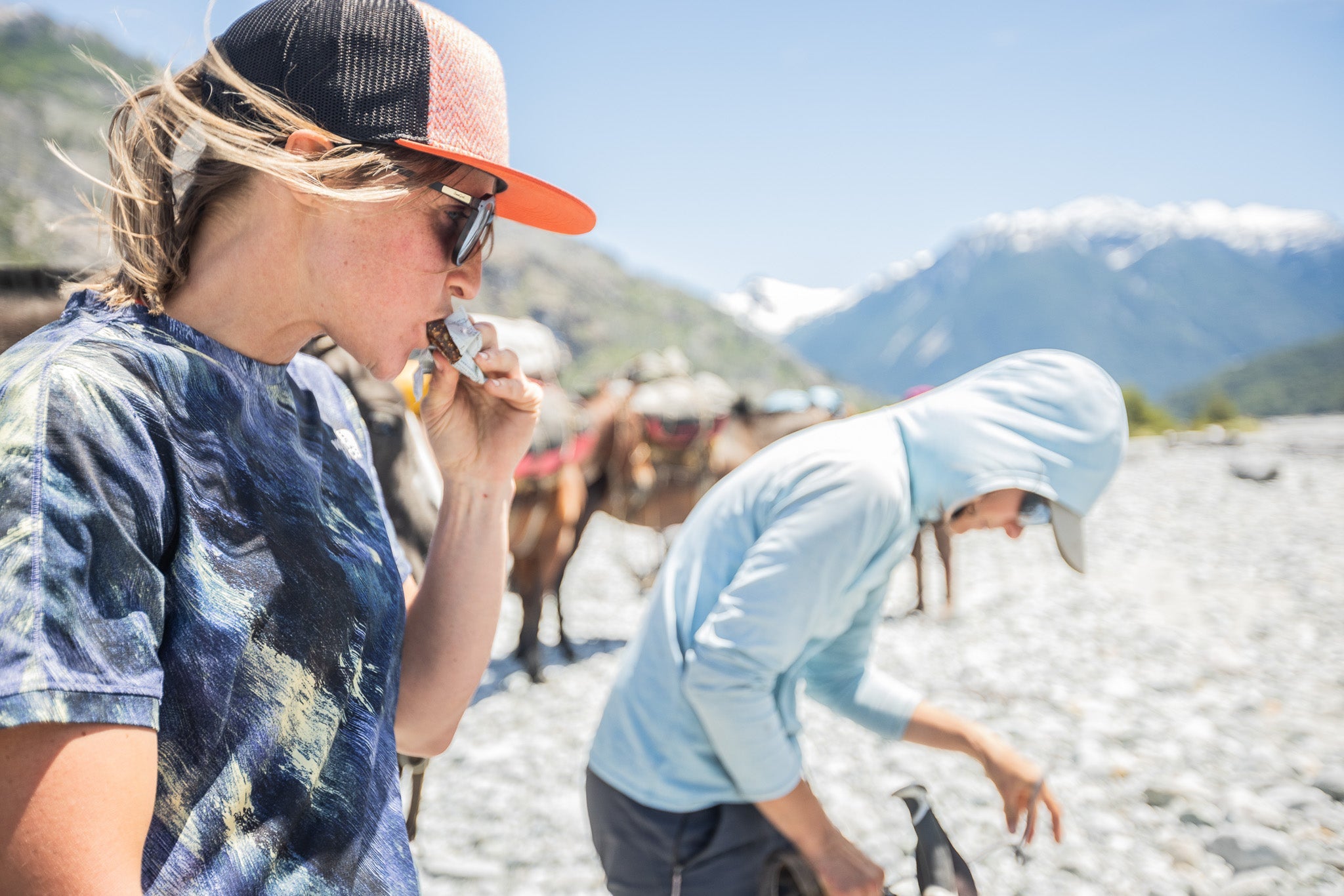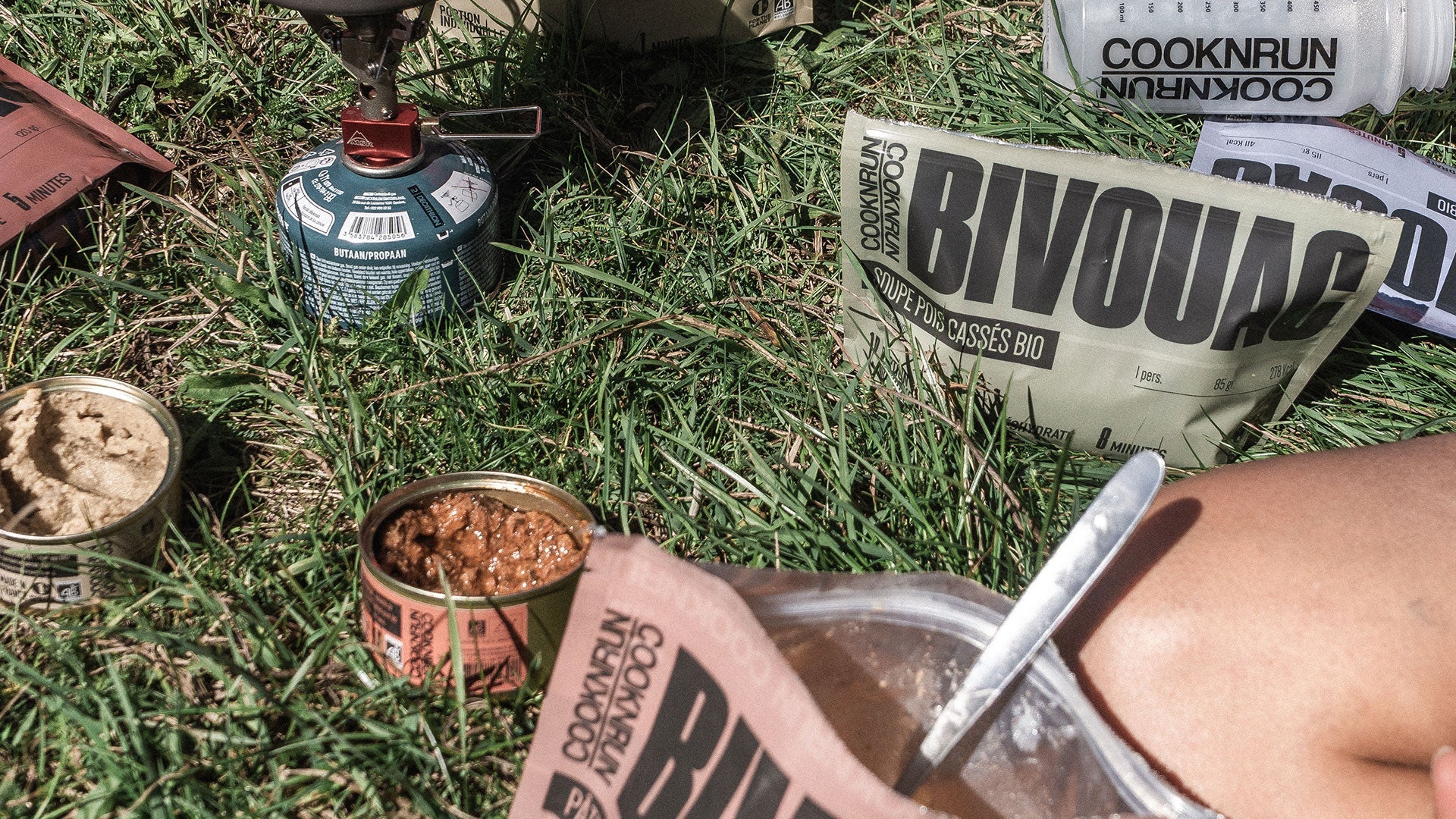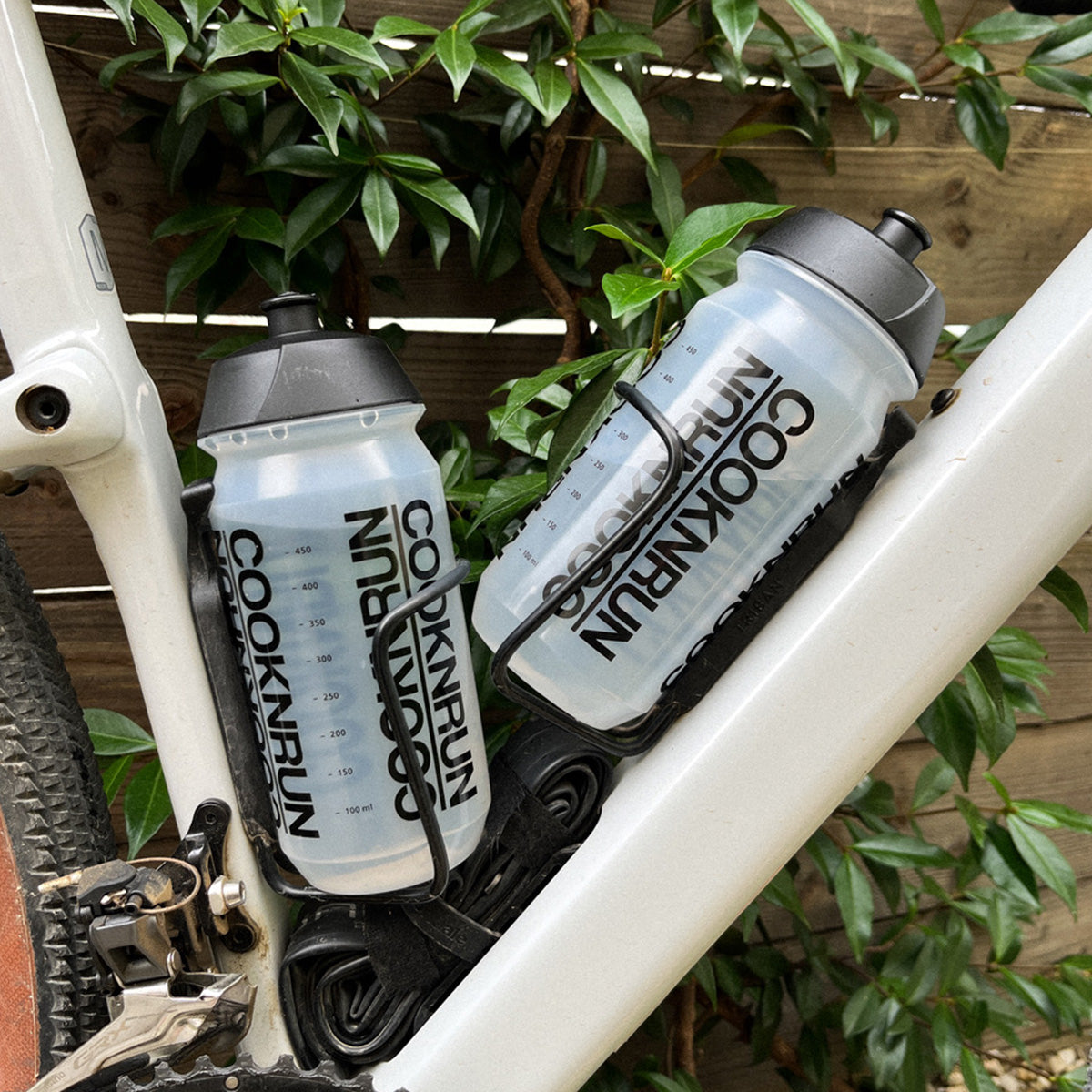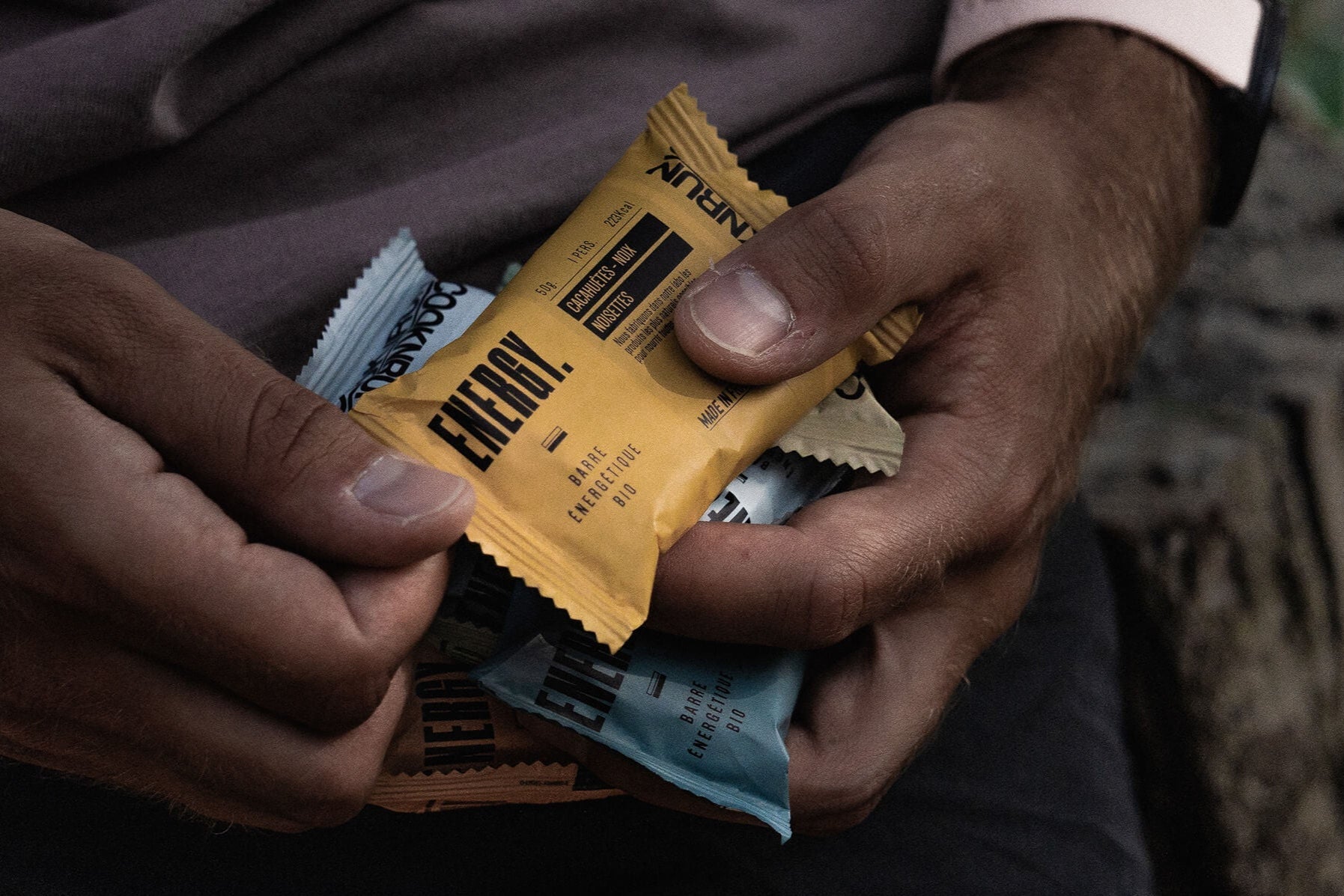Summer is well and truly here, and with it, temperatures that sometimes reach 35°C by late morning. While running, cycling, or climbing in the mountains is still possible, you need to adapt your strategy. Because in the heat, the body's needs change. And even if your appetite decreases, eating well remains crucial to avoid overheating, feeling unwell... and unpleasant surprises.
Here's why—and how—to keep eating well when it's hot.
☀️ Heat and physical activity: what happens in the body
When exercising in hot weather, the body implements several mechanisms to avoid overheating:
-
It releases heat through sweat , which lowers body temperature.
-
It increases blood circulation to the skin (and therefore less to the muscles).
-
It burns more carbohydrates because they are more readily available than fats.
➡️ Result: we sweat a lot, we lose water and minerals, we get exhausted more quickly... and the body functions in deficit if we don't compensate .
🍴 Why we eat less when it's hot (and why we still need to eat)
It's a natural phenomenon: the hotter it is, the less hungry we are . Digestion produces heat, so the body curbs its appetite to limit this production. The problem is that during exercise, we consume:
-
Carbohydrates (fast energy)
-
Electrolytes (lost in sweat)
-
Proteins and micronutrients (essential for recovery)
Not eating = poor recovery, decreased performance, or even hunger or heat exhaustion.
🧊 Adapting your diet to the heat: the right reflexes
When it's hot, the challenge is not to eat more, but to eat better and smarter . Here are the main levers:
✅ Focus on foods that are easy to digest
Favor soft textures, low-fat foods, and minimally processed recipes.
✅ Reduce simple sugar if it’s sickening
Replace very sweet products with salty or naturally sweet alternatives.
✅ Split the contributions
Rather than large meals: several small meals, before/during/after exercise.
✅ Don't neglect salt
Salt is vital in hot weather. Losing too much of it can cause cramps, nausea, and headaches.
📊 Comparison table: the best foods for hot weather
| Type of contribution | Why it's useful | Good examples | COOKNRUN products adapted |
|---|---|---|---|
| Hydration | Compensate for sweat, avoid dehydration | Water, cold herbal teas, salty broth, isotonic drink | Our drinks |
| Easily digestible carbohydrates | Provide energy quickly | Compotes, fruit purees, rice, semolina | ENERGY Bars |
| Electrolytes (mineral salts) | Avoid cramps, fatigue, heat stroke | Dried fruits, broths, salty crackers, nuts | Salty freeze-dried meals |
| Plant proteins | Promote recovery | Tofu, lentils, seeds, rich bars | Protein Bars |
| Small, digestible formats | Eat without saturating the body | Snacks, cold soups, smoothies | Dried mangoes |
🏃 Practical tips for training in the heat
-
Favor cool hours : go out early in the morning or after 7 p.m.
-
Reduce the intensity : a gentler but more regular session is more effective than intense effort at 35°C.
-
Drink before you feel thirsty : in small sips every 10–15 minutes.
-
Eat without forcing yourself : a bar, a handful of dried fruit or a mini-compote every 30 to 45 minutes can be enough.
-
Anticipate recovery : Even if you're not hungry, consider having a snack or nutritious drink within 30 minutes of exercise.
👉 What to remember
Heat changes the rules of the game. To avoid fatigue, injury, or loss of motivation, you need to adapt your diet , listen to your feelings, and be flexible. The right products, at the right time, can make all the difference.
At COOKNRUN, our recipes are designed to be digestible, practical, and natural, even when your appetite diminishes. You'll find savory options, soft textures, and formats suitable for hot weather.









